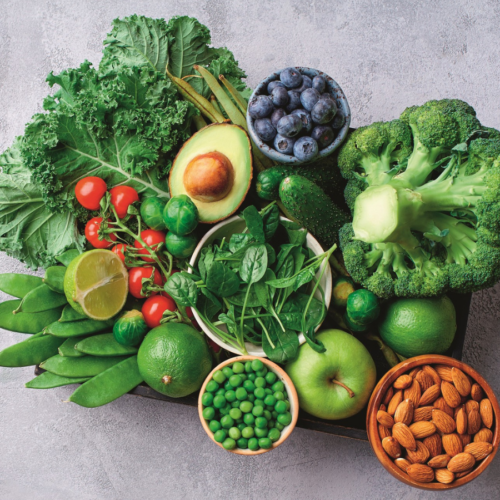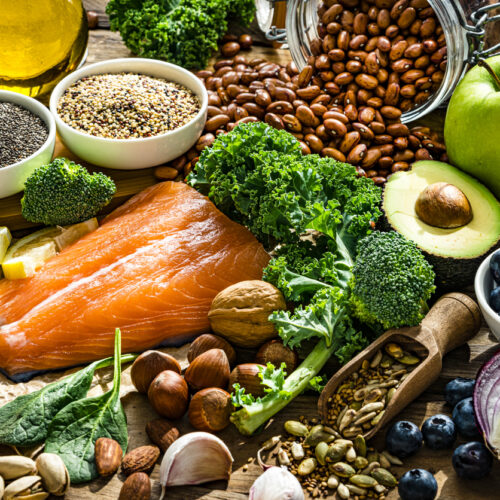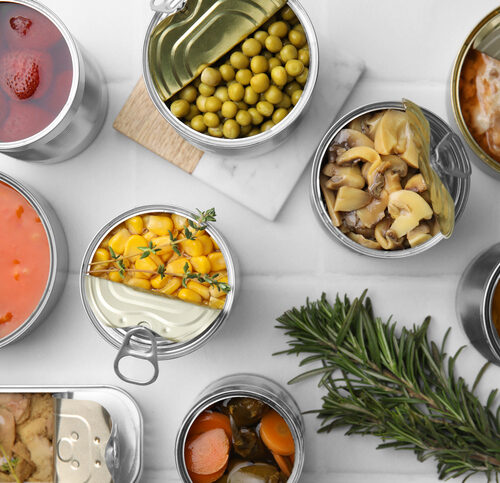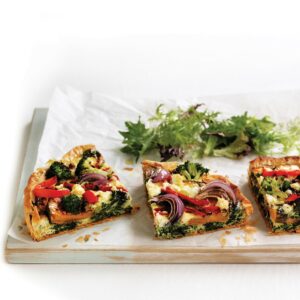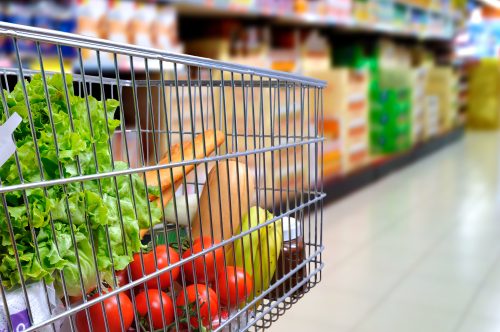
Where, when, and how you shop for food can make all the difference to how much you spend – or save.
Avoid marketing traps
- Try local farmers' markets
Farmers' markets aren't just for gourmets. You'll get to know your local growers who will be able to tell you which produce is the best value for money, and what's extra tasty each week.
– Supermarket plums $3.50/kg
– Market plums $2/kg
– SAVE $1.50/kg - Skip 'pre-made' products
They may be less time-consuming, but the convenience factor can translate to a higher price tag. Cook from scratch instead – for example, it takes just seconds to mix honey with soy for a marinade.
– Bottled marinade $3.20
– Pantry items $1
– SAVE $2.20 - Shop on a full stomach
Researchers at Montreal Neurological Institute found in a 2008 study using magnetic resonance imaging that the hunger-inducing stomach hormone grehlin makes food seem more appealing. Translated into the super¬market this can mean you're more likely to buy extra food if you shop on an empty stomach.
– Shopping before dinner extra $5
– SAVE $5 - Forget the shopping basket
If you're just there to pick up milk and bread, don't use a basket. You'll limit yourself to what you can carry, and will be less likely to impulse buy. If you're only after a dozen or so items, ditch the trolley and use a basket.
– Impulse buy biscuits $3.80
– SAVE $3.80 - Embrace leftovers
Your butcher's, that is. They often have leftover bones to give away for free, which make great snacks for your dog.
– Pet snacks $5
– Bone from butcher free
– SAVE $5 - Check your receipt
Make sure your items are scanned correctly at the checkout. It's not uncommon (particularly with sale items) for prices to be wrongly listed in the computer. If there's a problem, politely say so. It's your money!
– Punnet strawberries (usual) $4
– Special price $2
– SAVE $2 - Listen to your iPod
The laid-back, relaxing music shops play is designed to slow you down, and shoppers who shop longer spend more. So bring along your iPod and play some up-tempo music to keep you racing through the aisles.
– Stopping to sample sausages – and buying some $5
– SAVE $5 - Experiment with generic products
In a study earlier this year, California Institute of Technology researchers gave participants identical glasses of wine to try. The participants were told they were tasting a different wine each time – and that each wine cost a different amount. Although the wine was identical, the testers rated the more 'expensive' wines as better tasting, suggesting we believe higher prices indicate better quality. But price is often related to factors such as marketing – not the product's quality – so trial a less expensive product, you might like it just as much.
Reader super-saver: Megan Norris
Household: Lives with her husband and two boys aged one and four.
Weekly grocery spend: $150."I put a lot of effort into getting value for money and I think we eat really well on that."
Megan's top tips
- "I buy Homebrand milk and when that runs out, I make up extra from dried milk powder – my family doesn't even notice!"
- "I cook up a slow cooker full of chickpeas, then make hummus in batches and freeze it in containers. We go through a tub every couple of days in my house, which would be really expensive to buy ready-made."
- "Bake once a week. It's much cheaper than muesli bars and bought biscuits, you control what goes in it and it's a great way to spend time with the kids while they learn about measuring, ingredients, kitchen chemistry and cleaning up."
- "Freeze homemade muffins to have individual serves on hand for school or work lunches."
- "Canned baby food is expensive, so whenever I cook veges for the family, I scoop some out and mash for bubba. You can freeze pottles of home-mashed veges, but it's almost easier to feed bubba whatever the family is having – it ensures your baby gets good variety."
Reader tips:
- "I only buy advertised specials and the 'manager's specials', which are usually one-off bargains. I use the local farmers' market as my main cheap source of fruit and veges." – Jennifer
- "Only buy what's on your shopping list and don't get sucked in to the '4 for $5' specials – unless you were planning on buying that food anyway." – Holly
- "We've made savings without sacrificing flavour by buying 'Homebrand' products. There's a wide range of pantry-staple foods on offer." – Henk
- "I try to be at my supermarket early in the morning. All the meat that's close to the 'best before' date is discounted then. I store it in the freezer for later use." – Bob
- "Take a good look on the shelves! Even though specials may be placed at eye level, even cheaper category items are quite often at the bottom of the shelf display or at the very top – so it pays to look around." – Dana
- "Become a specials detective! Is it really on special, or does it just have a bigger price tag to get your attention? Check underneath at the small print prices to see how much you're really saving." – Claudia
© Healthy Food GuideAll rights reservedReproduction without permission prohibited
www.healthyfood.com
www.healthyfood.com


